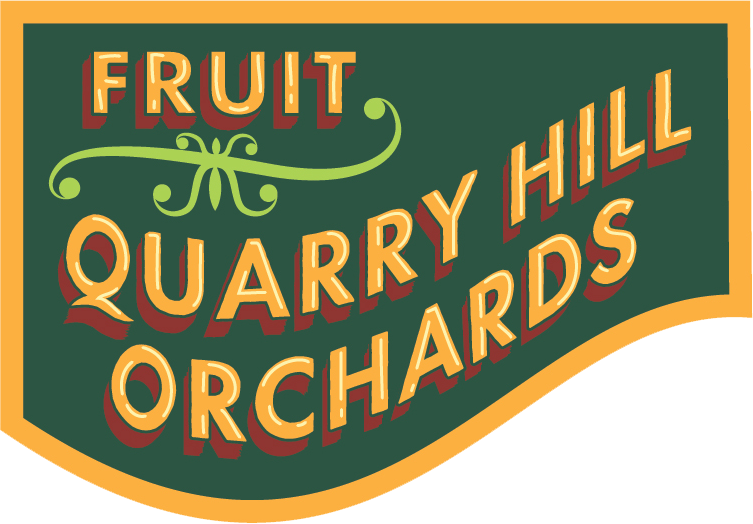Hello, Friends!
Follow the seasons at Quarry Hill by signing up for our newsletter, connecting to us on social media, or browsing our archived blog entries.Connect with Quarry Hill
Subscribe

Subscribe to Our Newsletter
Subscribe to Our E-Newsletter
Archives
Archives
- September 2024
- November 2023
- November 2022
- August 2022
- September 2021
- June 2020
- July 2019
- June 2019
- September 2018
- August 2018
- August 2017
- June 2017
- November 2016
- September 2016
- May 2016
- December 2015
- November 2015
- July 2015
- March 2015
- November 2014
- July 2012
- July 2011
- July 2010
- July 2008
- July 2007
- July 2006
- July 2005
- July 2004
- July 2003
- July 2002
- July 2000
- July 1999
- July 1997
- July 1996
- July 1994
- July 1993
- July 1992
- July 1991
- August 1985
- August 1984
- September 1983
- July 1983
Tags
POPULAR TOPICS
Tag Cloud
Instagram






